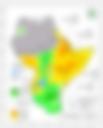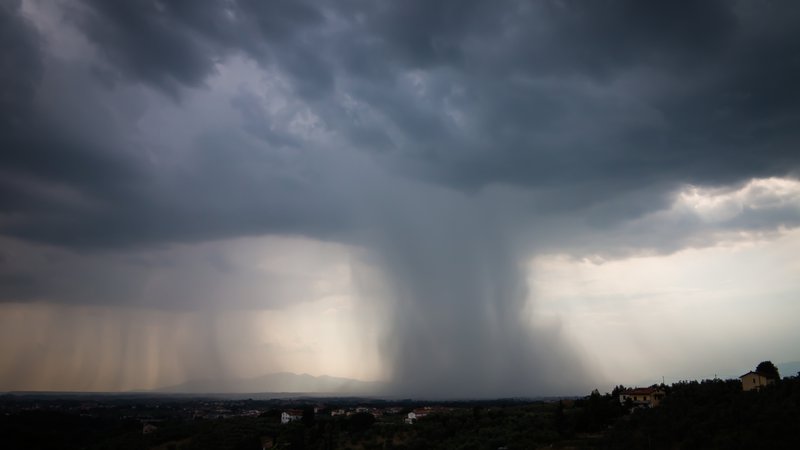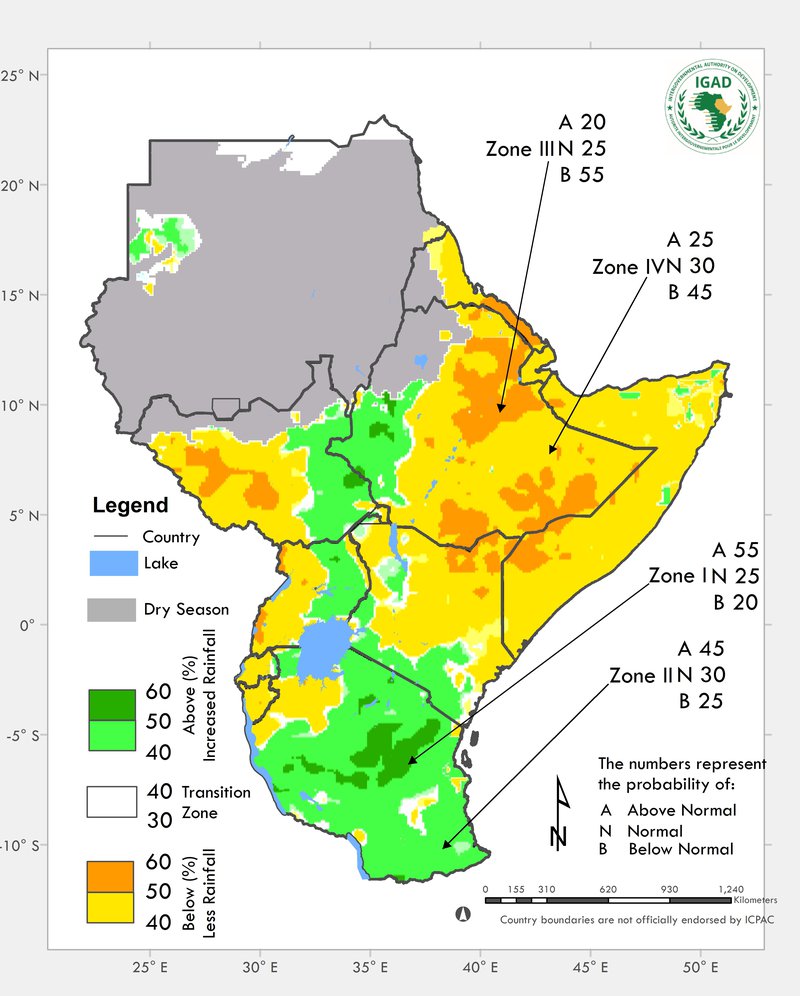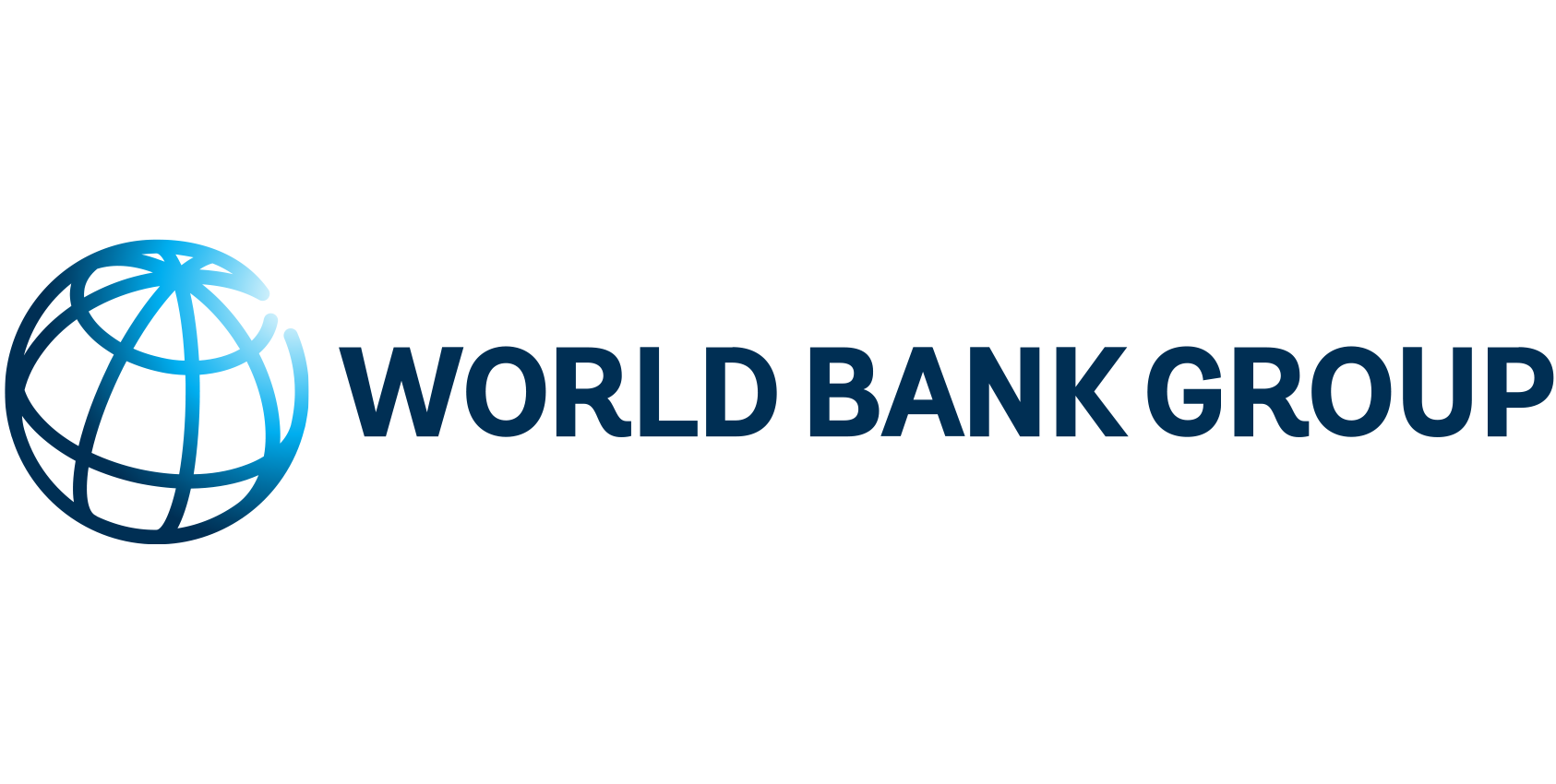Our Goal
The primary goal of this platform is to enhance synergies and sustainable management of Desert Locusts and other transboundary pests in the IGAD region. To achieve this objective, the platform aims to reinforce regional and interregional advocacy and collaboration for pest management, develop strategic decision-making documents, coordinate assessments, and enhance national and regional contingency planning, preparedness, capacity-building, and information sharing. Serving as a coordination mechanism, the Platform facilitates knowledge sharing, monitors and supports program activities, prevents overlaps, identifies gaps, shares information, and promotes cooperation with non-Member States concurrently.

Our Areas of Work
Enhancing regional collaboration

The Platform works to strengthen synergies and sustain the management and control of Desert Locusts and other Transboundary Pests in the IGAD region by bringing together IGAD member states with neighboring countries affected by desert locusts and other migratory pests.
To achieve this objective, the platform aims to reinforce regional and interregional advocacy and collaboration for pest management, develop strategic decision-making documents, coordinate assessments, and enhance national and regional contingency planning, preparedness, capacity-building, and information sharing. Serving as a coordination mechanism, the Platform facilitates knowledge sharing, monitors and supports program activities, prevents overlaps, identifies gaps, shares information, and promotes cooperation with non-Member States concurrently.
Improving early warning systems

The Platform facilitates the sharing of critical pest data and forecasts between countries, enabling a more swift and coordinated response.
Timely detection and response are crucial for mitigating the impact of pest outbreaks. The Platform has played a key role in strengthening early warning systems across the region. This includes facilitating the exchange of critical data on pest movements and weather patterns between national locust control centers. These shared resources allow for more accurate forecasting and enable countries to initiate control measures before outbreaks reach devastating levels.
Utilizing Additionally, using technologies such as satellite imagery, machine learning modelling, and weather forecasts, these systems predict pest movements and provide advanced alerts to affected countries. ICPAC, has developed tools such as the East Africa Hazards Watch to disseminate early warning information regarding desert locusts and other transboundary pests in the region. This platform works closely with DLCO-EA to operate a regional early warning system for pests and diseases, enabling member states to share crucial information and coordinate swift responses to emerging threats.
Strengthening national capacities

The Platform provides training and resources to member states for improved surveillance, control operations, and preparedness for future outbreaks.
The platform also supports member states in development of contingency plans as tools for national pest managment and resources to respond rapidly to pest outbreaks. This includes stockpiling pesticides and equipment for pest control and establishing emergency response teams. To strengthen joint pest management, carrying out surveillance programs at border regions to monitor pest movements and sharing this information among neighboring countries is needed. Establishing and maintaining a network of monitoring and surveillance systems that includes ground-based observations and satellite imagery is crucial.
Videos

The Platform provides training and resources to member states for improved surveillance, control operations, and preparedness for future outbreaks.
The platform also supports member states in development of contingency plans as tools for national pest managment and resources to respond rapidly to pest outbreaks. This includes stockpiling pesticides and equipment for pest control and establishing emergency response teams. To strengthen joint pest management, carrying out surveillance programs at border regions to monitor pest movements and sharing this information among neighboring countries is needed. Establishing and maintaining a network of monitoring and surveillance systems that includes ground-based observations and satellite imagery is crucial.
Latest News
Project Materials
Project Documents
Research
Policy briefs
Latest Updates

Summary for Decision Makers, June to September 2025 Season
Download our Summary for Decision Makers with impacts and advisories for the June-September 2025 se…

Statement on the ongoing extreme temperatures in the IGAD region
During the 69th Greater Horn of Africa Climate Outlook Forum (GHACOF 69), ICPAC released the March-…

Statement from the 69th Greater Horn of Africa Climate Outlook Forum (GHACOF69)
The 69th Greater Horn of Africa Climate Outlook Forum (GHACOF69) was held from 20 to 21 January 202…

Summary for Decision Makers, October to December 2024 Season
Download our latest Summary for Decision Makers with impacts and advisories for the following secto…










